In the intricate dance of social dynamics, narcissists glide through life with a set of behaviors that seem almost primal. If you’ve ever found yourself entranced by these behaviors, you might be surprised to learn that they aren’t as unique to humans as you thought. Narcissists have borrowed a page out of the apes’ playbook, showcasing a set of anti-social behaviors that trace back to our primal roots. Ready to dive into the wild world of these mirror-obsessed creatures? Let’s explore the traits they’ve adopted from our closest animal relatives.
1. Territorial Aggression
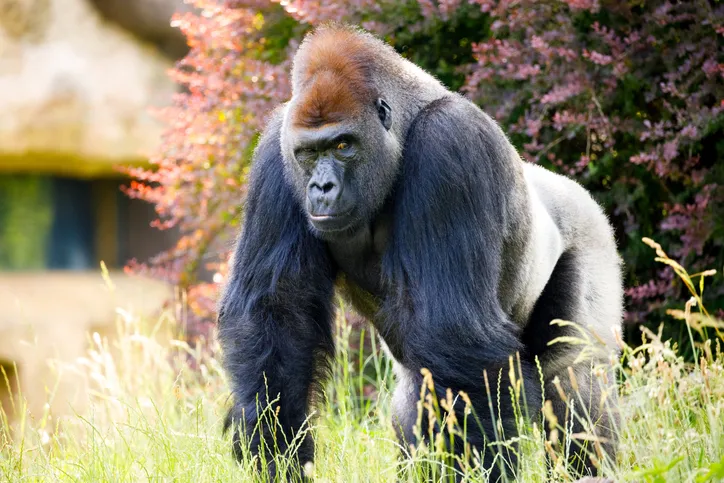
In the animal kingdom, territory is sacred. Apes fiercely protect their home turf, using aggression to ward off intruders. Similarly, narcissists are notorious for their territorial nature, but their battlegrounds are more social than physical. If you’ve ever felt the wrath of a narcissist when you inadvertently stepped into their domain, you’ve witnessed this primal behavior firsthand.
Dr. Jane Goodall’s research into chimpanzee behavior reveals that dominance and territorial aggression are deeply intertwined with survival instincts. Narcissists, driven by a need to assert dominance, mimic this behavior in social contexts. They mark their social territories with invisible lines, daring anyone to cross them. This territorial aggression serves to keep their fragile egos intact while ensuring they’re perceived as the alpha in any group setting.
2. Self-Serving Manipulation
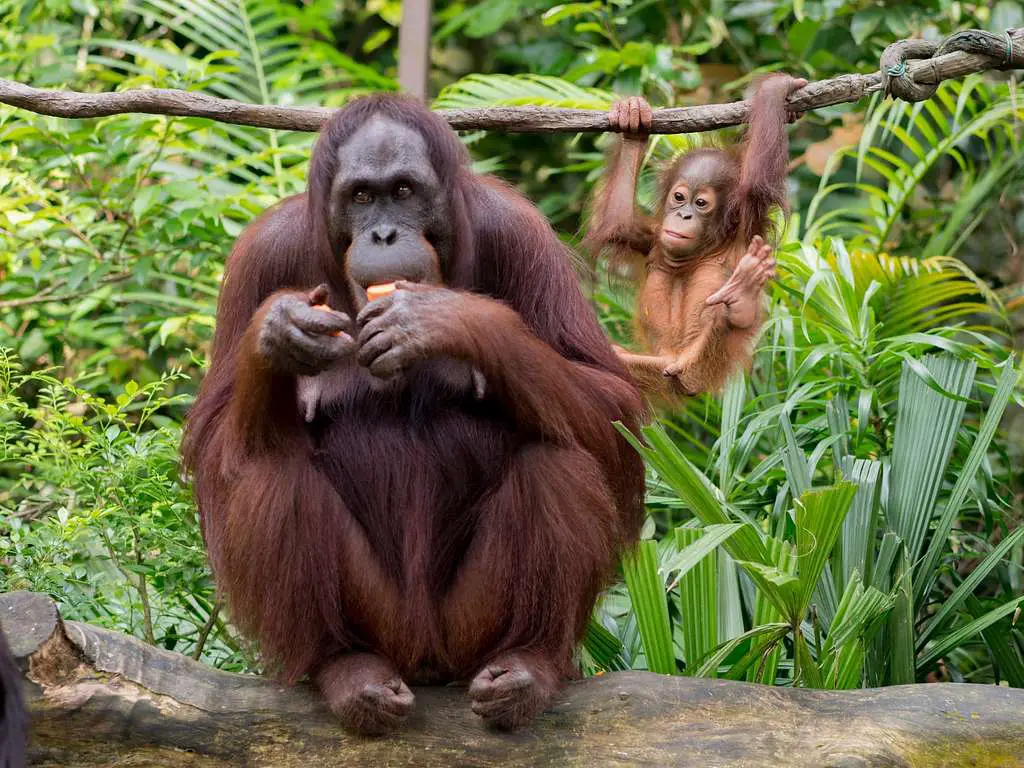
Anyone familiar with narcissists will recognize their penchant for manipulation. Much like apes who use cunning tactics to assert dominance or get what they want, narcissists are skilled at bending situations to suit their needs. They’re the masters of twisting narratives, using charm or coercion as their tools of choice. They don’t just play the game; they often rewrite the rules to their advantage.
This behavior isn’t arbitrary; it’s a calculated move to maintain control. Narcissists thrive on the sense of superiority that comes from outsmarting others. They mirror the manipulative skills of their primate cousins, ensuring that they always come out on top. While apes might use such tactics to secure resources, narcissists wield them to hoard attention and power.
3. Grooming For Status
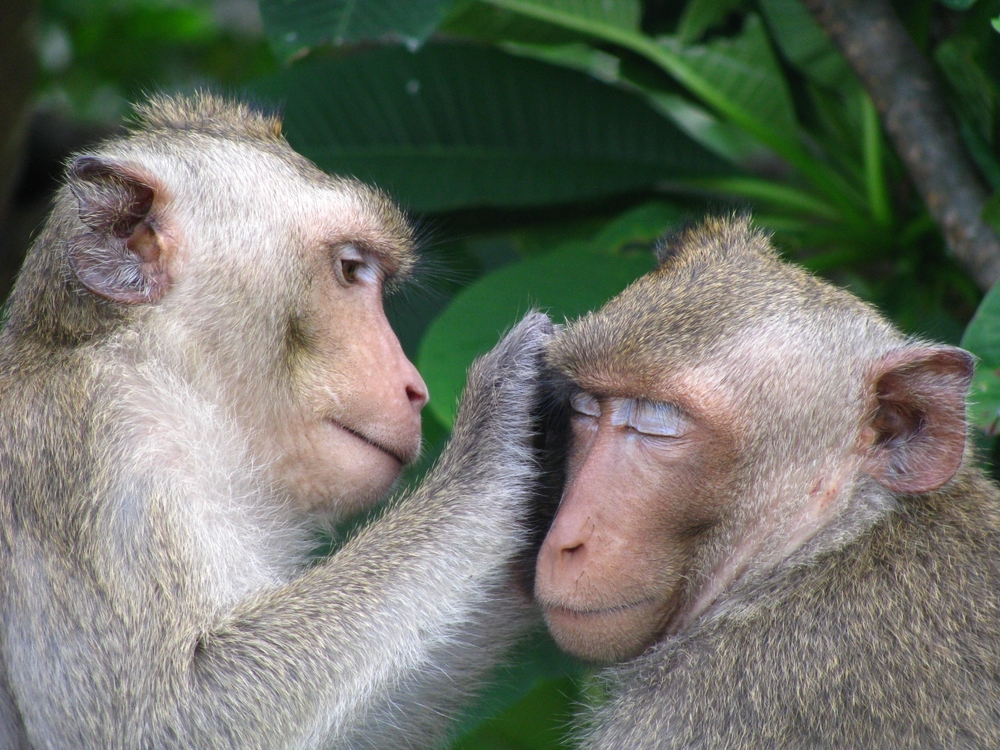
Apes often engage in grooming rituals, not just for cleanliness but also to strengthen social bonds and establish hierarchies. Narcissists have adapted this behavior, but their grooming is less about physical contact and more about curating their image. They carefully manage their appearance and social connections, using them as a currency for status.
According to a study by Dr. Jean Twenge, narcissists meticulously curate their public personas, often at the expense of genuine connections. This grooming strategy is crucial for them to climb social ladders and maintain their elevated position. By presenting an immaculate facade, they gain the admiration and validation they so desperately crave. Their grooming isn’t about camaraderie; it’s a performance to secure their place at the top.
4. The Silent Treatment

In the wild, silence can be a powerful tool for apes, used strategically to convey displeasure or to manipulate social dynamics. Narcissists have borrowed this tactic, using the silent treatment as a weapon in their interpersonal arsenal. When they feel slighted or need to exert control, they withdraw, leaving you in the cold. This calculated silence is designed to unsettle and dominate their social environment.
This behavior forces others into a state of unease, prompting them to seek reconciliation at any cost. By withholding communication, narcissists compel others to chase after them, validating their importance. Like their ape counterparts, they understand the psychological power of silence. It’s less about conflict resolution and more about maintaining control over those in their social sphere.
5. Social Exclusion
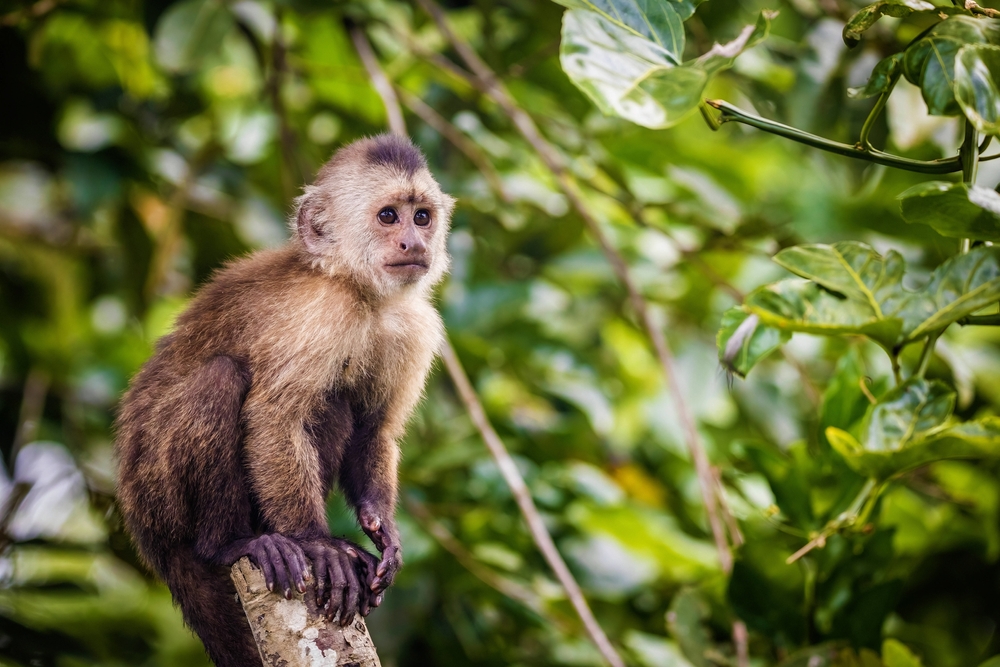
Much like apes who ostracize members from their troop to maintain social order, narcissists are adept at using social exclusion as a tool of control. They create cliques and factions, deciding who’s in and who’s out. This behavior reinforces their power, as they become the gatekeepers of social acceptance. If you’ve ever found yourself suddenly on the outs with a narcissist, you’ve likely experienced the sting of this primal behavior.
A study by Dr. Kipling Williams highlights how social exclusion impacts human psychology, causing feelings of invisibility and worthlessness. Narcissists exploit this, knowing that the fear of exclusion is a potent motivator. By wielding social exclusion, they secure their position at the center of attention. This behavior keeps others in line, desperate for the narcissist’s approval and inclusion.
6. Mimicry For Acceptance

Apes are known for their ability to mimic each other, a behavior that facilitates social bonding and learning. Narcissists have taken this skill and twisted it for their own ends, using mimicry to gain acceptance and infiltrate social circles. They mirror the behavior, speech, and interests of those they wish to impress, creating a false sense of affinity. It’s a façade, designed to lure others into a deceptive sense of camaraderie.
This mimicry isn’t about genuine connection but about manipulation and control. By reflecting back the desired traits, narcissists gain the trust and admiration of their targets. It’s a calculated move to weave themselves into the fabric of social networks. Their mimicry is a strategic performance, designed to exploit others’ desires for connection and belonging.
7. Displays Of Dominance

Prominent displays of dominance are a staple in ape society, often involving physical posturing and vocalizations. Narcissists engage in similar behavior, but their displays are psychological rather than physical. They dominate conversations, demand attention, and assert their superiority in often subtle, insidious ways. Their need to be the center of the universe mirrors the alpha displays seen in their primate relatives.
Research by Dr. Keith Campbell emphasizes that narcissists are driven by a need for dominance, often manifesting in their persistent desire to control social interactions. Their displays of dominance are an attempt to enshrine their place at the top of the social hierarchy. Whether through charisma or intimidation, they ensure that all eyes remain firmly fixed on them. These performances aren’t about leadership but about feeding an insatiable ego.
8. Hoarding Resources
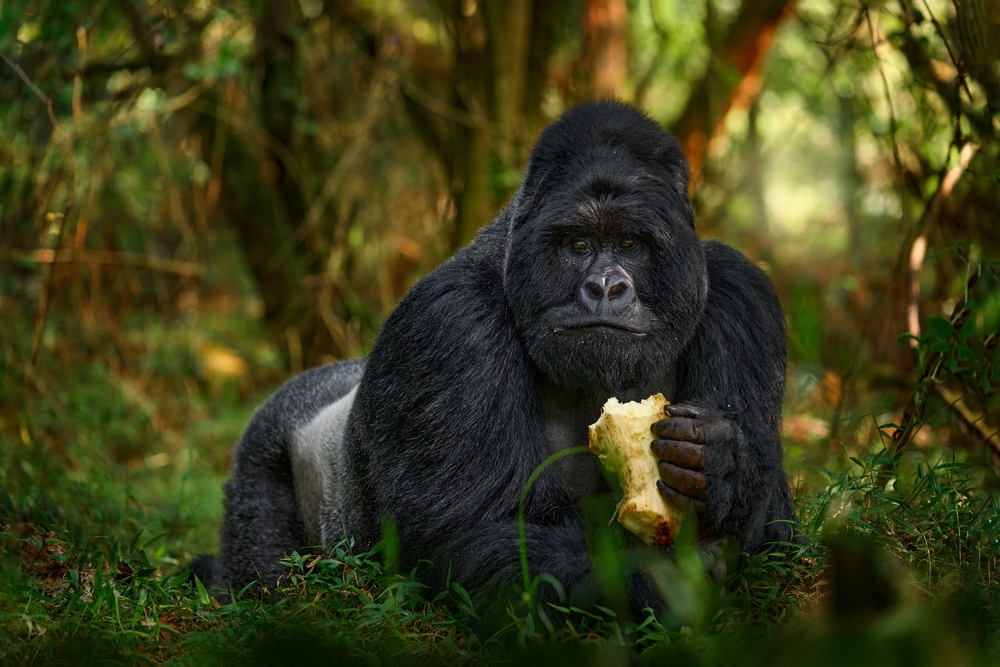
In the world of apes, hoarding resources is a matter of survival, ensuring access to food and mates. Narcissists have replicated this behavior, but the resources they covet are attention, praise, and influence. They gather these intangible assets obsessively, often at the expense of others. When in the presence of a narcissist, you might feel drained, as if all positive energy is being siphoned away.
This hoarding is born from deep insecurity. Narcissists fear scarcity, not of food, but of validation and admiration. They stockpile attention and recognition, terrified of a day when they might run dry. In this endless quest for more, they leave little room for genuine reciprocity, taking much while giving very little back.
9. Tactical Deception
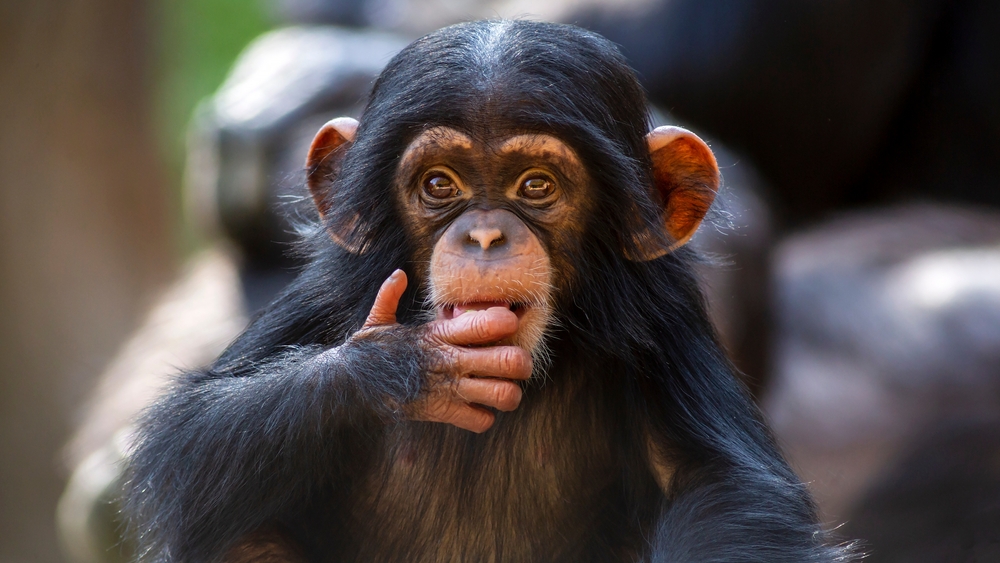
Deception is a tactic used by many animals, including apes, to gain advantages or avoid conflict. Narcissists have honed this skill, often weaving webs of lies or half-truths to manipulate those around them. They’re adept storytellers, constructing narratives that paint themselves in the best light while casting doubt on others. The truth becomes a flexible concept, bent to fit their needs and desires.
This deception is not just about covering tracks but about crafting a reality that suits them. By controlling the narrative, narcissists maintain the upper hand in social interactions. They operate in a grey zone where facts are obscured, and perception is everything. This behavior leaves those around them questioning what is real, often leading to a state of confusion and dependency on the narcissist’s version of truth.
10. Ritualized Conflict
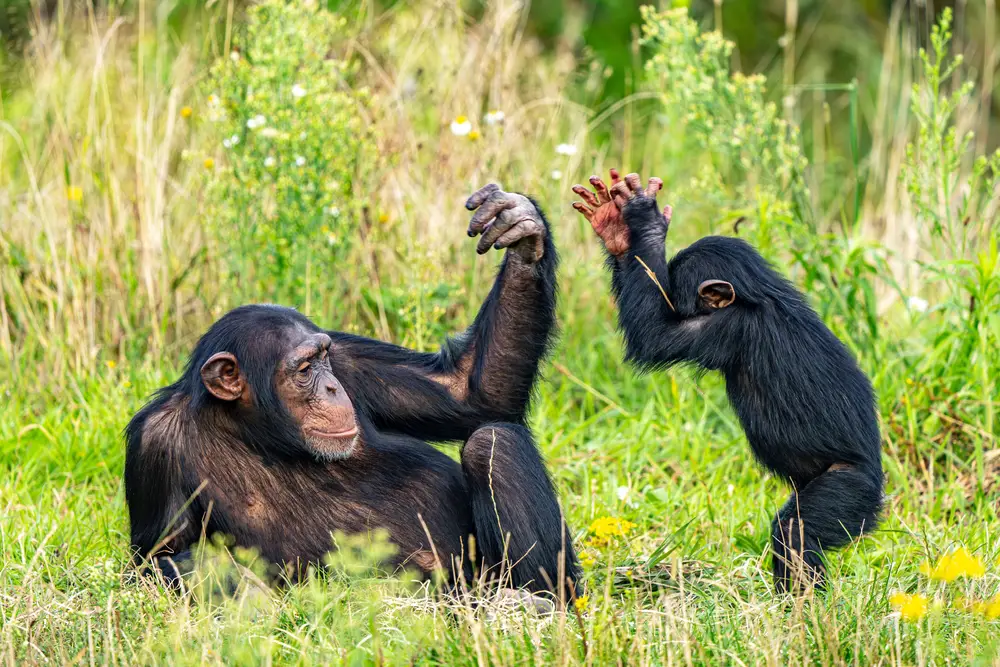
Apes often engage in ritualized conflict, a series of predictable aggressive displays meant to assert dominance without escalating into real violence. Narcissists mirror this behavior in their social interactions, engaging in verbal sparring and power plays that never quite cross into outright hostility. These conflicts are carefully managed to maintain their image while keeping others off balance. You might witness this in their tendency to turn every disagreement into a spectacle.
These ritualized conflicts serve as a demonstration of power and control. Narcissists thrive on the drama they create, seeing it as a stage to showcase their dominance. They draw others into their web of conflict, ensuring they remain the focal point. It’s a game of social chess, where every move is calculated to keep them in checkmate.
11. The Illusion Of Altruism
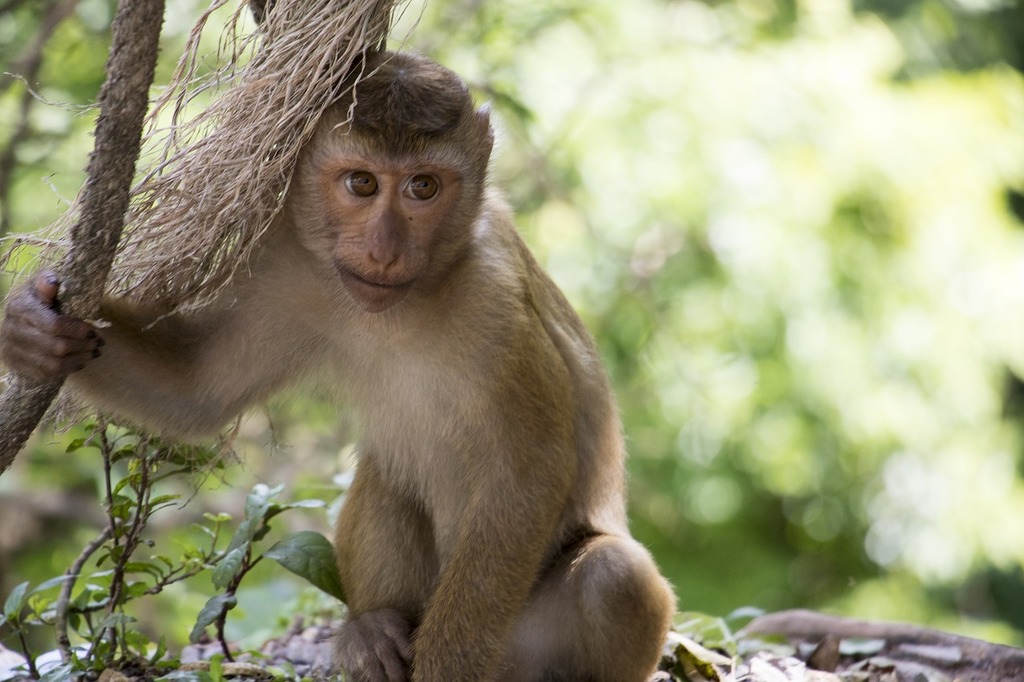
In the animal world, acts of apparent altruism often have underlying selfish motives, such as strengthening social bonds or gaining future favors. Narcissists are masters of feigning altruism, performing grand gestures that appear selfless but often have hidden agendas. They volunteer, donate, and help—so long as it ensures admiration or indebts others to them. This superficial generosity is less about giving and more about taking control of social narratives.
This illusion of altruism allows them to craft an image of benevolence. It’s a strategic move to mask their true motives while garnering praise and admiration. By positioning themselves as saviors, they manipulate public perception, often leaving their beneficiaries feeling trapped by unspoken obligations. Their acts of kindness are rarely without strings attached, ensuring they remain the puppeteer in their social theater.
12. Strategic Alliances
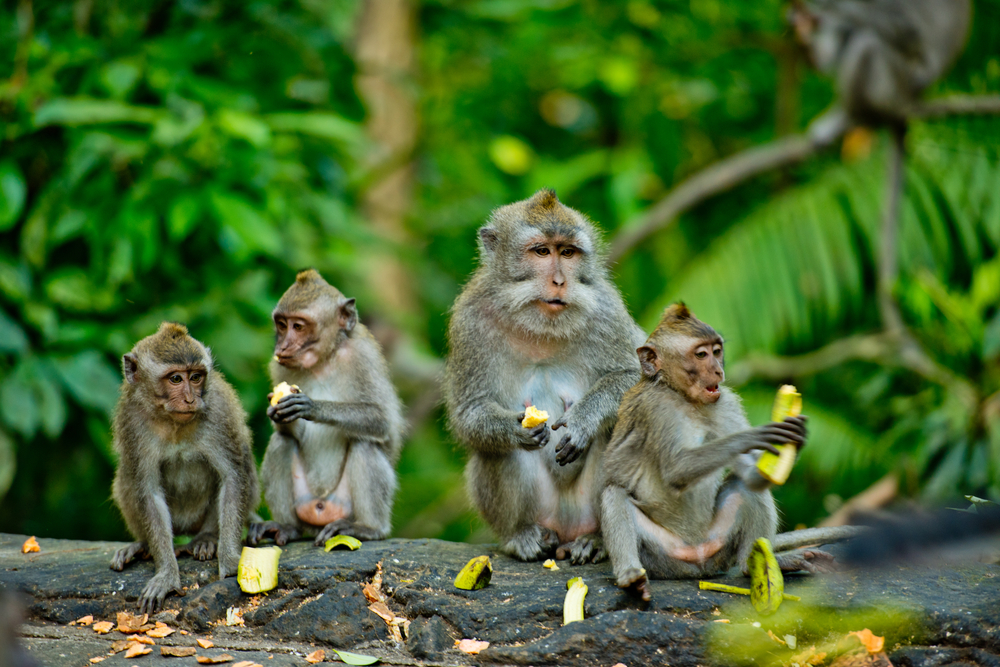
Apes form alliances to secure their position within the group, often collaborating with others for mutual benefit. Narcissists mimic this behavior by building strategic relationships that bolster their social standing. They forge connections with influential individuals, using these alliances to climb the social ladder. However, these relationships are often transactional, with loyalty lasting only as long as it serves their interests.
For narcissists, alliances are a form of currency. They invest in relationships that promise the highest returns in terms of power and prestige. Once an alliance loses its value, they discard it, moving on to the next opportunity. This behavior underscores their view of relationships as tools to be used rather than bonds to be cherished.
13. Emotional Withholding

In the animal kingdom, withholding care or affection can be a tool for dominance or control. Narcissists employ emotional withholding to manipulate those around them, creating a power imbalance in their relationships. By selectively doling out affection or approval, they keep others in a state of emotional dependency. This tactic ensures that their partners or friends remain eager to please and fearful of their disapproval.
This withholding isn’t an oversight but a calculated move to maintain control. It leaves those around them in a constant state of uncertainty, desperate for the narcissist’s validation. The cycle of giving and withdrawing affection keeps others off balance, ensuring their dominance remains unchallenged. It’s a subtle yet powerful form of control that mirrors the primal tactics of their ape ancestors.
